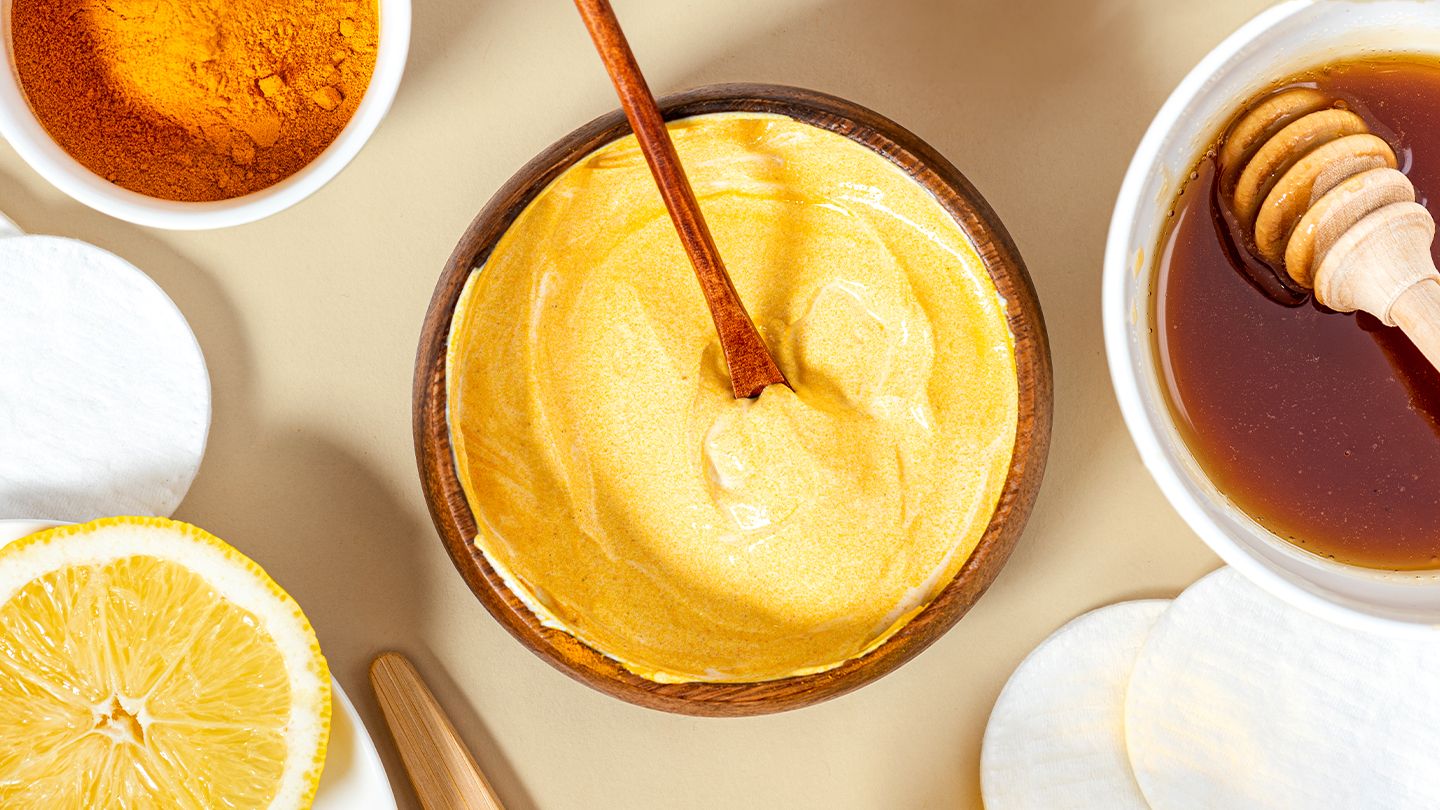While more scientific investigation is needed to better determine turmeric’s curative powers, some dermatologists are still comfortable supporting the use of curcumin as a psoriasis treatment.
“There’s a whole push for natural and safe therapies in general among the U.S. patient population,” says Matthew Lewis, MD, a dermatologist with Stanford Health Care. “Oral curcumin seems to be safe and effective as an anti-inflammatory for psoriasis, so I actually do recommend that to people who want to try it. It’s easy to recommend because of the safety profile.”
Lewis believes turmeric must be taken in relatively high doses to have any significant impact. “You can’t just sprinkle it on your soup and expect it to have an effect,” he says.
Low doses, while deemed safer, can still have side effects. These include abdominal discomfort and stomach upset when taken by mouth.
The medical community doesn’t have a standard measurement for a high versus a low dose of turmeric. One meta-analysis defined a low dose as less than 1,000 milligrams (mg) of turmeric per day and a high dose as 1,000 mg or more daily.
Before you try a turmeric supplement, talk with your doctor about how it may interact with the prescription and over-the-counter medications you’re taking.
Read the full article here




